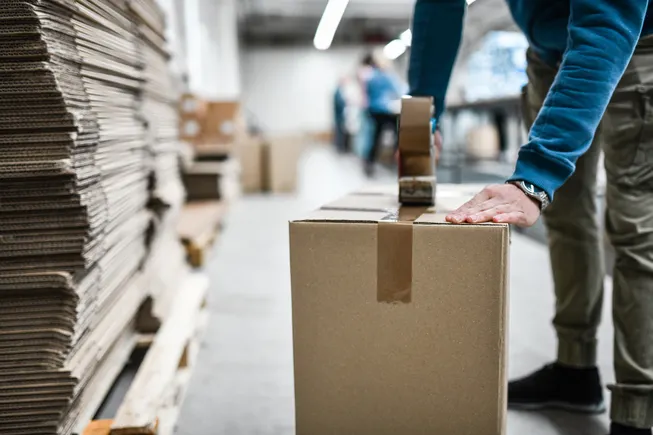Table of Contents
As extended producer responsibility (EPR) laws for paper and packaging are being implemented in various U.S. states, producers are faced with navigating a new regulatory environment. Currently, seven states (California, Colorado, Maine, Maryland, Minnesota, Oregon, and Washington) have enacted EPR laws, with many other states in the process of introducing similar legislation.
Understanding the obligations placed on producers by these laws, especially when operating across multiple states, can be a challenging task. Collaborating with a reputable producer responsibility organization (PRO) can provide producers with the necessary resources and guidance to ensure compliance with current and upcoming EPR requirements.
Circular Action Alliance (CAA), founded by producers in the food, beverage, consumer goods, and retail industries, is dedicated to assisting producers in meeting EPR regulations, offering top-notch services, and partnering with various stakeholders to promote waste reduction and recycling.
The Significance of EPR
EPR laws offer numerous advantages to communities, organizations, and the environment.
These laws aim to enhance recycling infrastructure, establish consistency in packaging design, and enhance the efficiency of recycling systems. These objectives can also be advantageous for businesses, rather than just being viewed as another regulatory burden.
For instance, collecting data on packaging for reporting purposes can provide producers with valuable insights into the composition of their packaging in various markets. This information enables producers to make informed decisions about how they design and specify packaging for their products.
Geoffrey Inch, Senior Vice President of Producer Services at Circular Action Alliance, emphasized, “There is significant power in preparing and learning from this data. These insights enable companies to make more environmentally conscious decisions and improve the clarity of business decisions regarding their packaging.”
Successful Programs and Partnerships at CAA
“Looking back over the past year, I am impressed by the progress we have made and the success we have achieved in collaboration with our producers,” said Inch.
One notable success was the successful launch of an EPR program in Oregon. By working closely with producers supplying to Oregon, CAA helped them register, organize their data, and submit it to meet EPR requirements. This led to a compliant program and ensured producers’ adherence to regulations.
Many of these producers were creating EPR supply reports for the first time, and CAA provided support through webinars and guidance to help streamline the data submission process. Following Oregon’s program, successful producer reporting cycles were also conducted in Colorado, with preparations underway for producer reporting in California later in the year.
Emphasizing Compliance
Ensuring compliance is a top priority for producers.
“Our focus is on simplifying the compliance process for all obligations,” stated Inch. “This begins with identifying a primary EPR contact within the producer’s organization who can engage with CAA to understand registration and reporting requirements.”
According to Inch, CAA plans to transition to a consistent annual producer reporting cycle, with multiple program supply reports due by a set deadline, typically on May 31 in the coming years. Aligning data submissions on the same date annually allows the PRO to efficiently verify supply data for accuracy.
“By ensuring consistent data reporting, we can establish a fair and transparent system for determining EPR fees for the producers we collaborate with,” explained Inch.
Accurate reporting is crucial for producers to maintain compliance, as regulators have enforcement mechanisms in place, including fines and sales restrictions.
Partnering with CAA for EPR Compliance
“We are here to guide producers through the complexities of varying EPR laws from state to state,” said Inch. CAA assists producers at every stage of their compliance journey, offering clear guidance, reporting tools, and a streamlined process for submitting required supply data.
By simplifying EPR obligations across multiple programs, CAA alleviates a significant source of stress for producers as these new laws come into effect. Additionally, partnering with CAA can help producers identify and rectify any compliance issues that may arise, ensuring their organization remains in good standing.
Even if a producer is based in a state without EPR regulations, it is advisable to engage with CAA. Any producer supplying covered materials to an EPR state is obligated to meet reporting and compliance standards.
Upcoming Reporting Deadline
For the initial reporting cycle in California, CAA is currently accepting 2023 supply data submissions, with a deadline of November 15, 2025. Producers can rely on CAA for support, guidance, and tools to prepare for this data submission. For assistance or inquiries, producers can reach out to [email protected]

